Increased Urbanization
Urbanization is a significant driver of the Fire Emergency Rescue Equipment Market, as densely populated areas require more robust emergency response capabilities. With the rise in urban populations, the complexity of fire incidents has also increased, necessitating advanced equipment and training for emergency responders. According to recent data, urban areas are projected to account for a substantial portion of fire incidents, leading to a heightened demand for specialized rescue equipment. This trend compels municipalities and organizations to invest in modern fire emergency rescue tools, thereby propelling growth in the Fire Emergency Rescue Equipment Market. The need for effective firefighting and rescue solutions in urban settings is likely to remain a key focus for stakeholders.
Technological Advancements
The Fire Emergency Rescue Equipment Market is experiencing a surge in technological advancements that enhance the efficiency and effectiveness of rescue operations. Innovations such as drones for aerial surveillance, thermal imaging cameras, and automated firefighting systems are becoming increasingly prevalent. These technologies not only improve response times but also provide critical data that can be analyzed for better decision-making during emergencies. The integration of Internet of Things (IoT) devices allows for real-time monitoring of equipment status, ensuring that rescue teams are always prepared. As these technologies evolve, they are likely to drive demand within the Fire Emergency Rescue Equipment Market, as organizations seek to adopt the latest tools to protect lives and property.
Rising Awareness of Fire Safety
There is a growing awareness of fire safety among businesses and communities, which is positively impacting the Fire Emergency Rescue Equipment Market. Educational campaigns and training programs are increasingly emphasizing the importance of preparedness and the need for appropriate rescue equipment. This heightened awareness leads to increased investments in fire safety measures, including the procurement of advanced rescue tools and equipment. As organizations recognize the potential risks associated with fire incidents, they are more likely to allocate budgets for fire emergency rescue equipment. This trend suggests a sustained growth trajectory for the Fire Emergency Rescue Equipment Market, as stakeholders prioritize safety and preparedness.
Investment in Emergency Services
Investment in emergency services is a crucial driver of the Fire Emergency Rescue Equipment Market. Governments and private organizations are recognizing the importance of well-equipped emergency response teams, leading to increased funding for fire departments and rescue services. This investment often translates into the acquisition of state-of-the-art equipment, training programs, and infrastructure improvements. As emergency services receive more financial support, they are better positioned to respond effectively to fire incidents, thereby enhancing public safety. The trend of investing in emergency services is likely to continue, further stimulating growth in the Fire Emergency Rescue Equipment Market as stakeholders seek to ensure optimal preparedness and response capabilities.
Regulatory Standards and Compliance
The Fire Emergency Rescue Equipment Market is significantly influenced by stringent regulatory standards and compliance requirements. Governments and regulatory bodies are increasingly mandating the use of certified equipment to ensure the safety of both responders and civilians. These regulations often dictate the types of equipment that must be used in various scenarios, driving manufacturers to innovate and meet these standards. As a result, companies that produce fire emergency rescue equipment are compelled to invest in research and development to comply with evolving regulations. This compliance not only enhances safety but also fosters trust among consumers, thereby contributing to the growth of the Fire Emergency Rescue Equipment Market.


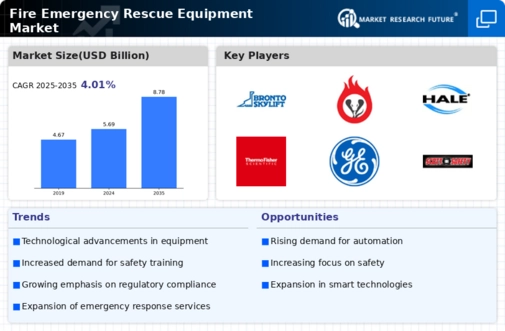
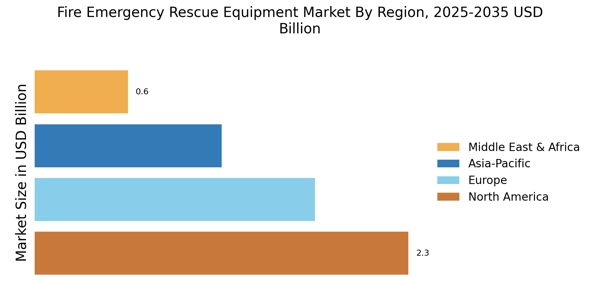

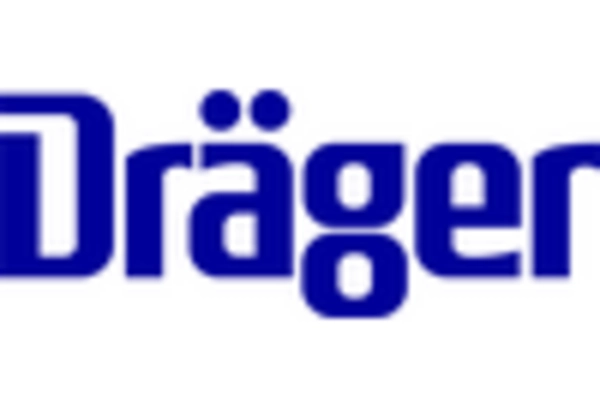

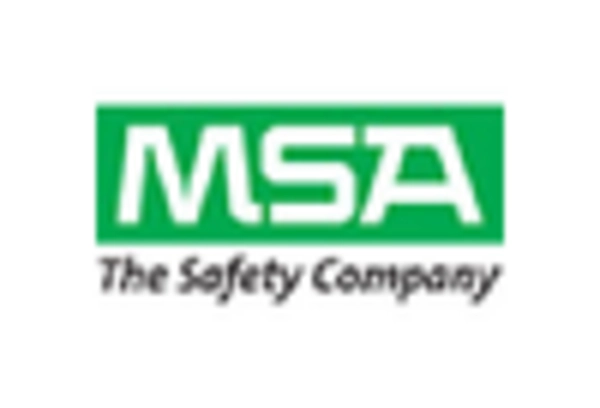
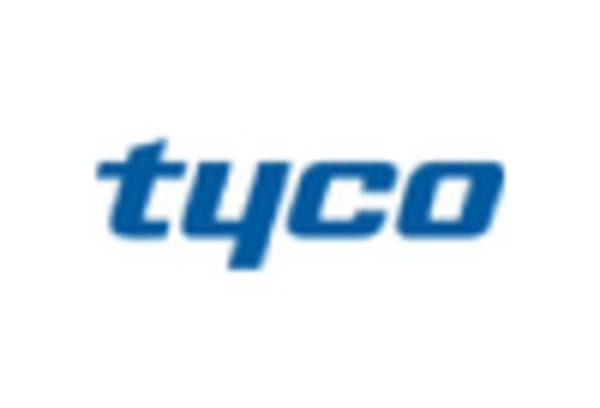









Leave a Comment